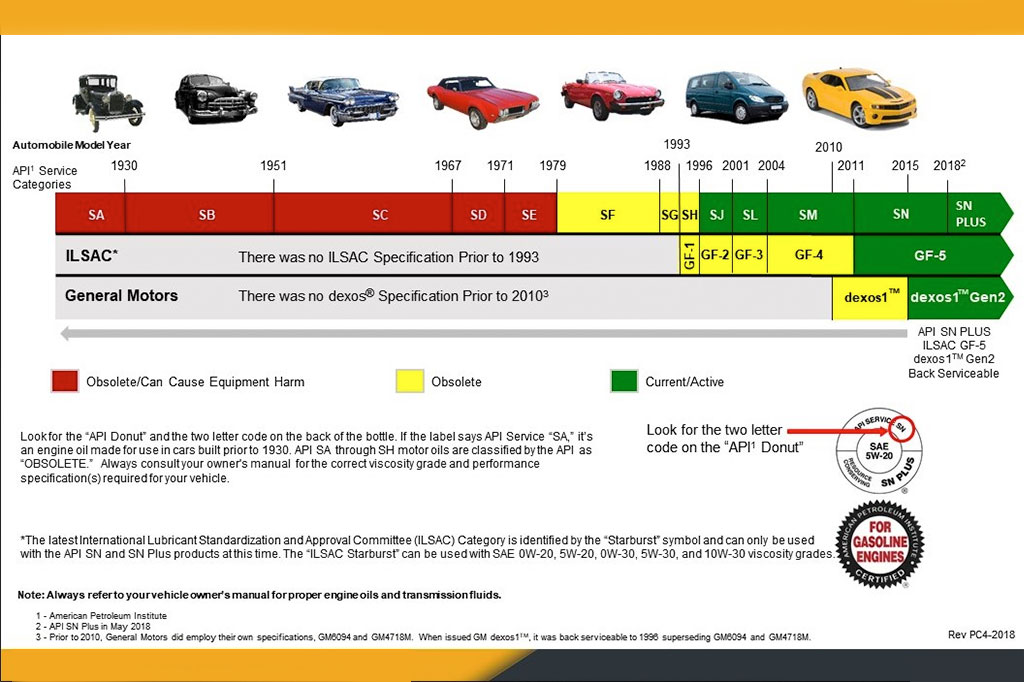Cracking the Code
Cracking the Code: Understanding API Standards for Lubricants
When choosing lubricants, you’ll often encounter codes like “API SN” or “GL-5.” These seemingly cryptic designations are actually part of a well-established system called the API Service Categories and Gear Lubrication Standards, developed by the American Petroleum Institute (API). They help consumers and industry professionals easily identify lubricants suitable for specific applications and operating conditions.
API Engine Oil Service Categories:
These codes, like SN, SP, SM, SL, are designed for gasoline engines. The first letter denotes the broad performance level, with “S” indicating gasoline service. Subsequent letters, in alphabetical order, represent progressively newer and improved standards. Choosing the right category depends on your engine’s year, fuel type, and emission standards.
- SN: Latest standard for modern gasoline engines with emission control systems, including turbocharged models.
- SP: Designed for gasoline engines introduced after 2017, including those with direct injection and low-speed pre-ignition (LSPI) resistance.
- SM: Suitable for gasoline engines from 2004 to 2017, including turbocharged models.
- SL: Formulated for gasoline engines from 2000 to 2003, offering lower volatility and phosphorus content.
API Gear Lubrication Standards:
These codes, like GL-4, GL-5, GL-6, are used for gear oils. The higher the number, the higher the load-carrying capacity and suitability for more severe conditions.
- GL-4: Recommended for passenger car manual transmissions and transaxles with moderate loads and shear stress.
- GL-5: Designed for heavy-duty axles and transmissions experiencing high-speed/shock load or low-speed/high-torque conditions.
- GL-6: Formulated for heavy-duty axles with limited-slip differentials, offering improved friction control characteristics.
Additional Considerations:
- Viscosity: This number (e.g., 5W-30) indicates the oil’s flow characteristics at different temperatures. Choose the viscosity recommended by your vehicle or equipment manufacturer.
- Performance additives: Some lubricants contain additional additives for specific needs, like extreme pressure protection or anti-wear properties.
Remember: These are just a few key points about API standards. Always consult your owner’s manual or a qualified lubrication specialist for the specific recommendations for your vehicle or equipment.
By understanding and using these codes, you can make informed decisions when choosing lubricants and ensure optimal performance and protection for your machinery.

